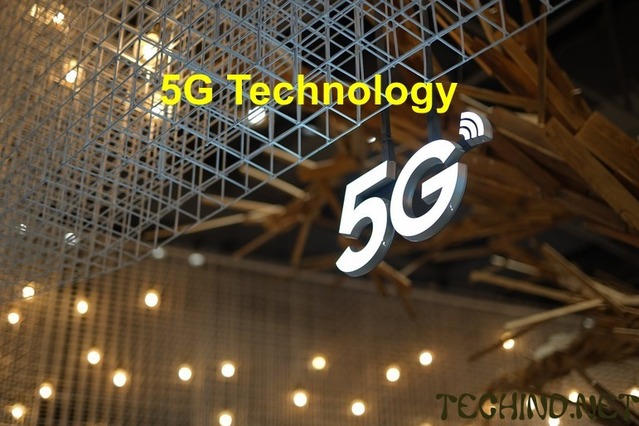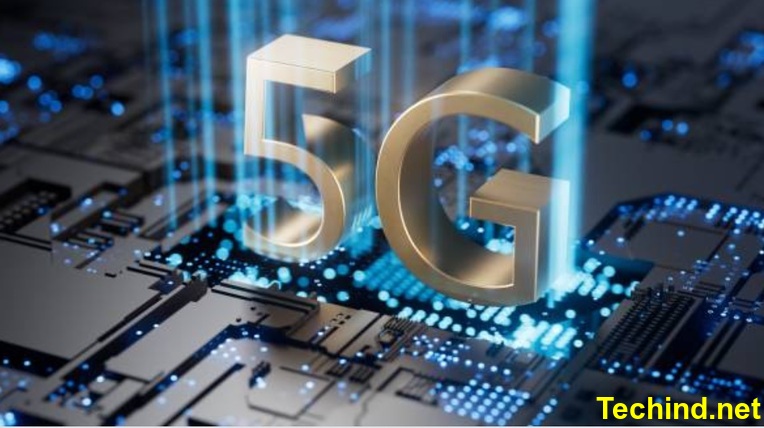
As technology continues to advance, so does the need for faster and more reliable communication. This is where 5G technology comes in. 5G is the fifth generation of mobile network technology, which promises to provide faster download and upload speeds, lower latency, and more reliable connectivity. In this blog post, we’ll discuss what 5G technology is, how it works, and its potential benefits.
What is 5G Technology?
5G technology is the latest iteration of mobile network technology. It is a wireless communication standard that promises to offer faster download and upload speeds, lower latency, and more reliable connectivity than its predecessors. The technology uses a combination of advanced radio frequency technology, network architecture, and software to deliver these benefits. With 5G, users can expect to download and stream content faster, experience fewer delays in communication, and have a more seamless experience overall.
How Does 5G Technology Work?
5G technology uses a combination of advanced radio frequency technology, network architecture, and software to deliver faster and more reliable communication. The technology uses a higher frequency spectrum than its predecessors, which allows for more data to be transmitted at once. Additionally, 5G networks use a combination of different technologies, including small cells, massive MIMO (multiple-input and multiple-output) antennas, and beamforming, to provide more efficient data transmission and reception.
How is 5G better than 4G?
In today’s digital world, we are always connected. We rely on fast internet speeds to keep up with our daily lives, whether it’s for work or entertainment. With the introduction of 5G, there has been a lot of buzz about how it is better than its predecessor 4G. In this blog post, we will discuss the three ways in which 5G is better than 4G.

Increased Speed and Capacity
5G is designed to be faster and more efficient than its predecessor. It has the potential to reach speeds up to 20 times faster than 4G, which means you can download a full-length movie in just a few seconds. Additionally, 5G is designed to handle more devices simultaneously without compromising on speed or performance. This means that you can connect multiple devices to the network without experiencing any lag or interruptions.
Lower Latency
Latency refers to the time it takes for data to travel from one device to another. 5G has significantly lower latency than 4G, which means that there is very little delay in transmitting data. This is important for applications that require real-time data transfer, like online gaming, video conferencing, and autonomous vehicles. With 5G, you can expect a much smoother and more responsive experience.
Improved Connectivity
5G is designed to provide better connectivity in areas that have traditionally been difficult to reach with 4G. This is because 5G uses higher frequency bands than 4G, which allows it to transmit data over shorter distances. This means that you can expect better connectivity in crowded areas like stadiums, airports, and concert venues. Additionally, 5G is designed to penetrate walls and other obstacles better than 4G, which means that you can expect better connectivity indoors.
5G is a significant improvement over 4G in terms of speed, capacity, latency, and connectivity. While 5G is still in its early stages, it has the potential to revolutionize the way we use the internet and connect with each other. As more and more devices become connected to the internet, the need for faster and more efficient networks will only grow. 5G is the next step in that direction.
Potential Benefits of 5G Technology
There are several potential benefits of 5G technology. For consumers, 5G promises to provide faster download and upload speeds, lower latency, and more reliable connectivity. This means that users can download and stream content faster, experience fewer delays in communication, and have a more seamless experience overall. For businesses, 5G technology promises to enable new applications and services, such as virtual and augmented reality, connected vehicles, and the Internet of Things (IoT).
- Faster speeds: 5G technology is expected to deliver faster internet speeds, with some estimates suggesting it could be up to 100 times faster than 4G LTE.
- Lower latency: 5G technology is expected to have lower latency, which means that there will be less delay between sending and receiving data. This could be particularly important for real-time applications, such as virtual reality and online gaming.
- Increased capacity: 5G technology is expected to be able to support a much greater number of devices than 4G LTE, which could be a game-changer for the Internet of Things (IoT) and other applications that require a large number of connected devices.
- Improved reliability: 5G technology is expected to be more reliable than previous generations of wireless technology, which could be especially important for critical applications, such as autonomous vehicles and remote surgery.
Pros and Cons for 5G Technology
5G technology has been a topic of discussion in recent years, with proponents and opponents on both sides. Here are some potential pros and cons:
Pros
- Faster speeds: With 5G technology, users can expect faster download and upload speeds, which could be beneficial for streaming high-quality media, online gaming, and other data-intensive activities.
- Lower latency: 5G technology could reduce latency, or the time it takes for data to be transmitted over a network. This could be particularly important for applications that require real-time communication, such as remote surgery or autonomous vehicles.
- Increased capacity: 5G networks are expected to be able to support a larger number of connected devices, which could be helpful as the Internet of Things (IoT) continues to grow.
- New applications: The faster speeds and lower latency of 5G technology could pave the way for new applications, such as augmented reality, virtual reality, and other immersive experiences.
Cons
- Limited coverage: While 5G networks are being rolled out in many areas, the coverage is still limited in many parts of the world. This means that not everyone will have access to 5G technology, at least in the near future.
- Infrastructure challenges: To support 5G technology, new infrastructure will need to be built, which could be expensive and time-consuming.
- Potential health risks: Some people are concerned that the radiofrequency radiation used by 5G technology could have negative health effects, although the scientific community has not yet reached a consensus on this issue.
- Security concerns: Some experts have expressed concern that 5G networks could be vulnerable to cyberattacks, which could have serious consequences given the increasing reliance on connected devices.
It is important to note that the impact of 5G technology is still being studied, and it remains to be seen how it will affect society as a whole.
Conclusion:
5G technology is the future of communication. It promises to provide faster download and upload speeds, lower latency, and more reliable connectivity than its predecessors. With the potential to enable new applications and services, 5G technology has the power to transform the way we communicate and interact with the world around us. As the technology continues to evolve, it will be exciting to see how it will be used to drive innovation and change.
![Error [pii_email_4dd09cddea0cd66b5592] with Outlook- Solutions that Will Work](https://techind.net/wp-content/uploads/2024/01/Error-pii_email_4dd09cddea0cd66b5592-with-Outlook-Solutions-that-Will-Work.png)
